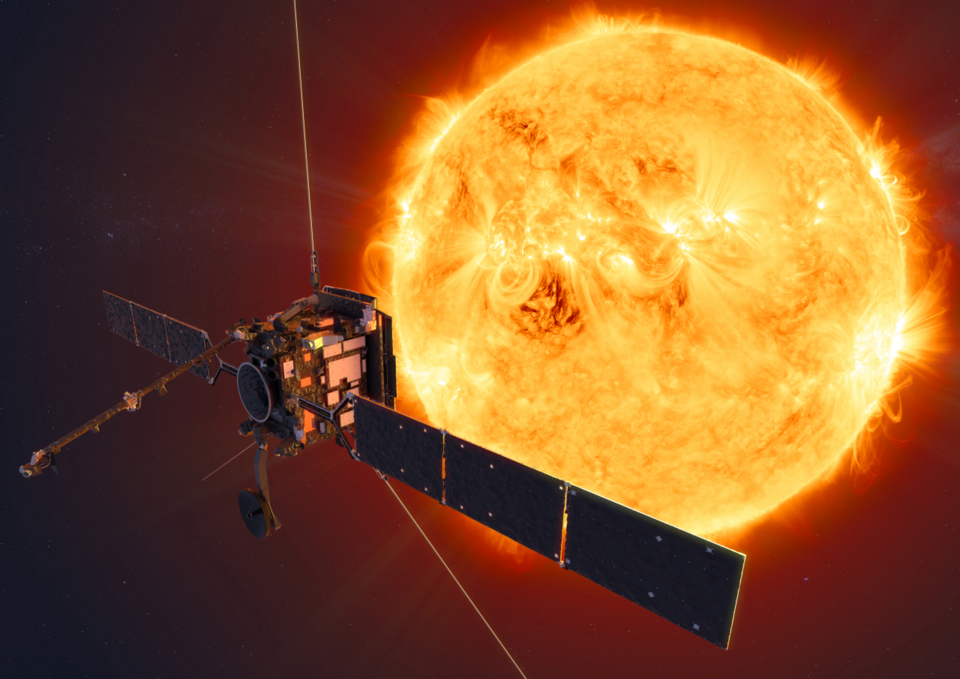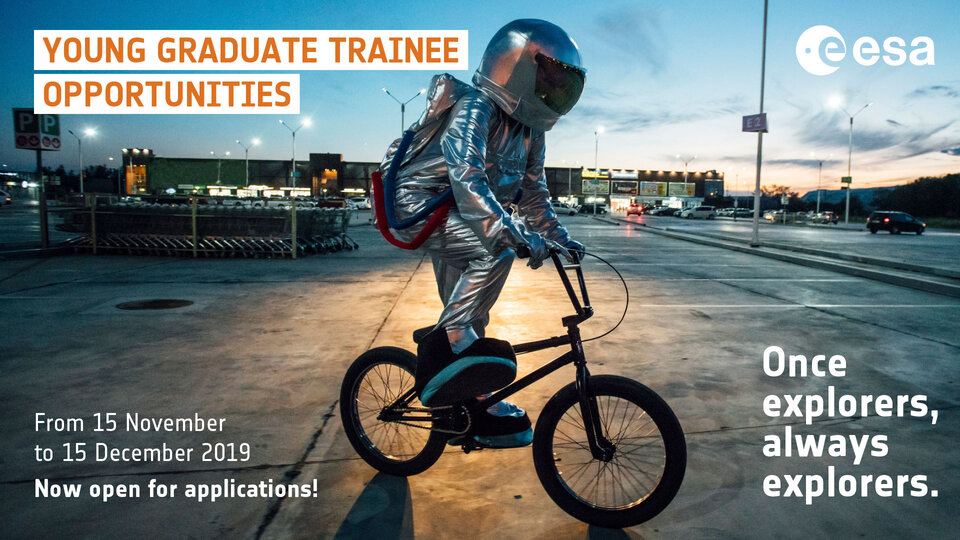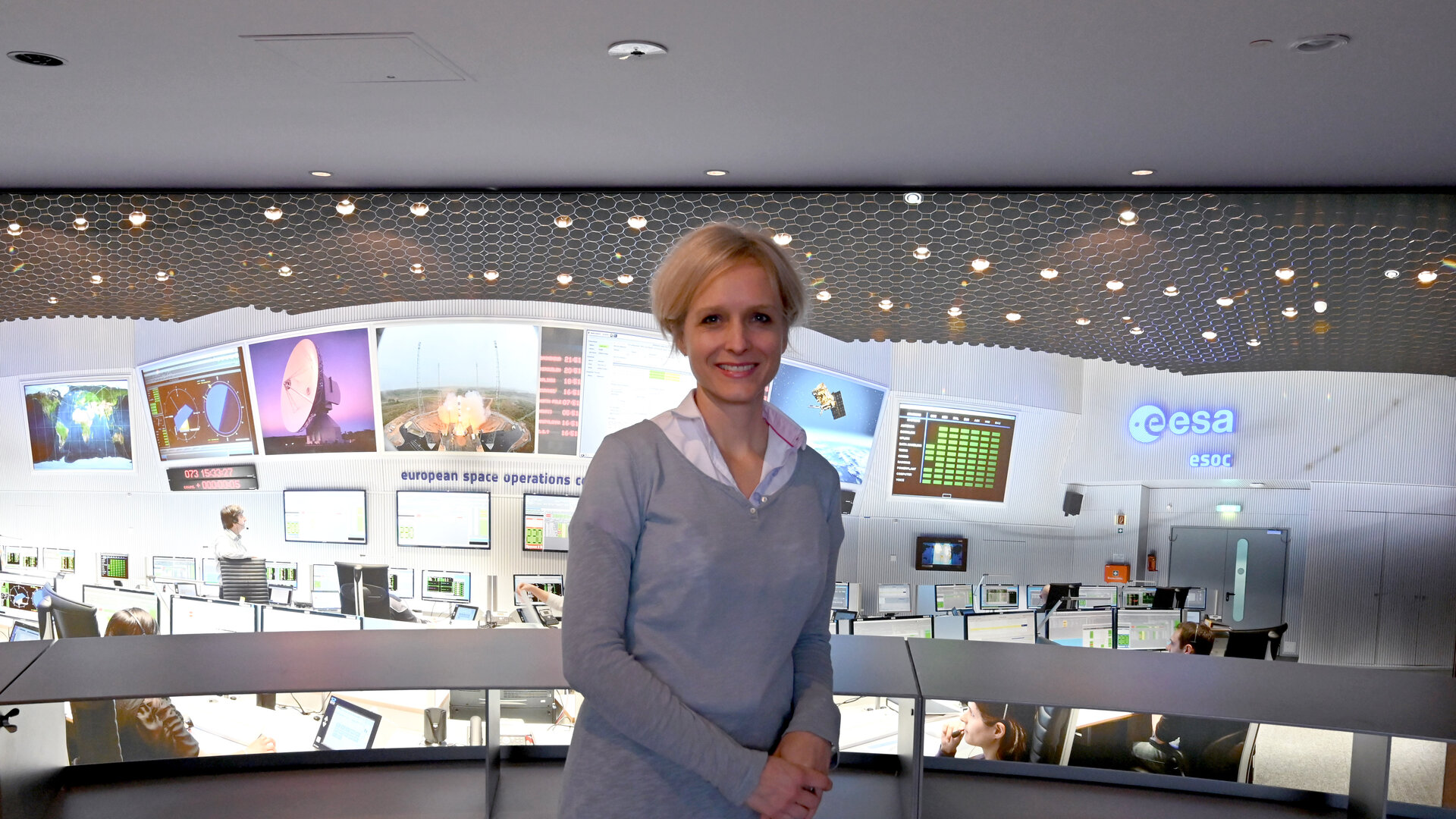Julia’s ESA journey, from YGT to Flight Dynamics Engineer
To conclude our series on the stories of ESA’s YGT alumni, we caught up with Julia Schwartz, ESA Flight Dynamics Engineer and physicist. Julia joined ESA as a Young Graduate Trainee in 2006 and has stayed with the Agency ever since.
Hello Julia, could you please tell us about your time as a YGT? What did you do?
I worked in the mission analysis section of the flight dynamics division. Mission analysts study the feasibility of proposed space missions: what trajectory can be flown to reach the destination? What launcher will provide the necessary escape velocity and when can we launch? Will there be eclipses, occultations or conjunctions? Those and many, many other questions need be answered before a mission can be approved and industry asked to build the satellite.
Looking back, what do you remember most about this time?
I remember sitting in my office thinking ‘Wow! I look forward to Mondays the same way I look forward to the weekends. I did not know this was possible in a job.’ I was extremely lucky to arrive in a place where I relished what I was doing technically and where the people around me, foremost my supervisor and my closest co-workers, were kind and helpful.
What did you study before coming to ESA?
I studied physics in the most general way, without any specialisation. However, I quickly preferred theoretical physics over experimental physics. But at the time I did not know where or how I could apply that later in my professional life.
Let’s move now to the present! What are you working on at the moment?
Nowadays I run a small group in charge of optimising the manoeuvres that are necessary to send our operational spacecraft to their target orbits. We do this for all science missions, so those missions that either carry large telescopes on board and observe the universe from one of the near Earth Lagrangian points, or those that fly far away to other planets.

I’m currently working a lot on the Solar Orbiter mission that will allow us to study the Sun in depth. Starting in February 2020, when the Solar Orbiter will be launched from Cape Canaveral, it will swing by the Earth and Venus several times. Together with a few small manoeuvres that will be performed in-between, the Solar Orbiter will finally reach distances to the Sun to allow the instruments on board to take unprecedented measurements.
In parallel there is also one mission for which I am flight dynamics manager. This means I am responsible for coordinating the entire flight dynamics support for this mission, which encompasses manoeuvre optimisation and other important activities. You could say that I’ve moved from the preparation phase of space missions to their implementation phase.
And how did you end up here - did you apply to ESA right after your YGT?
Yes, for the simple reason that I was looking for a job and a vacancy notice came out that seemed to allow applications from people with little experience.
What’s the best thing about working at ESA?
What I appreciate most is that I have interesting projects on the horizon. Space missions are long-term projects and I already know now that in the next 20 years I will be busy travelling to Mercury, Mars, Jupiter, the Sun and maybe even other awe-inspiring destinations. It is a great gift to have the certainty that interesting and challenging projects lie ahead.
Also, I see a sense in what I do. Here at the Operations Centre we control spacecraft that carry scientific measurement devices on board. I therefore help to enable scientific research and thus make a positive contribution to our society.
How has your experience as a YGT influenced what you do now?
Looking back now, this period of work provided me with very useful knowledge that now allows me to understand aspects of flight dynamics, which I would never otherwise have been in touch with.
What’s your advice to students applying for a YGT?
If you apply and are not taken, dare to apply again the following year. (And even the year after.)
Learn more about the Young Graduate Trainee Programme at ESA

Opportunities are open until 15 December 2019 and are available in engineering, science, IT, natural/social science, business and administration services.
The Young Graduate Trainee programme offers a one-year experience at ESA and is a launch pad for many exciting opportunities in aerospace, research institutes or in international organisations such as ESA.
Apply now here!


